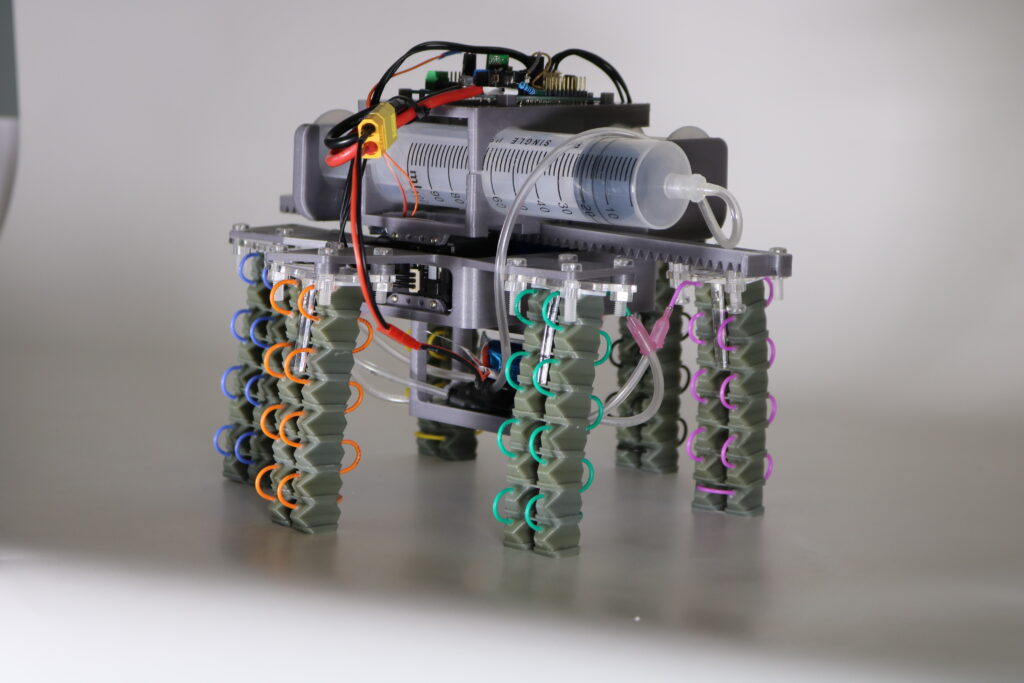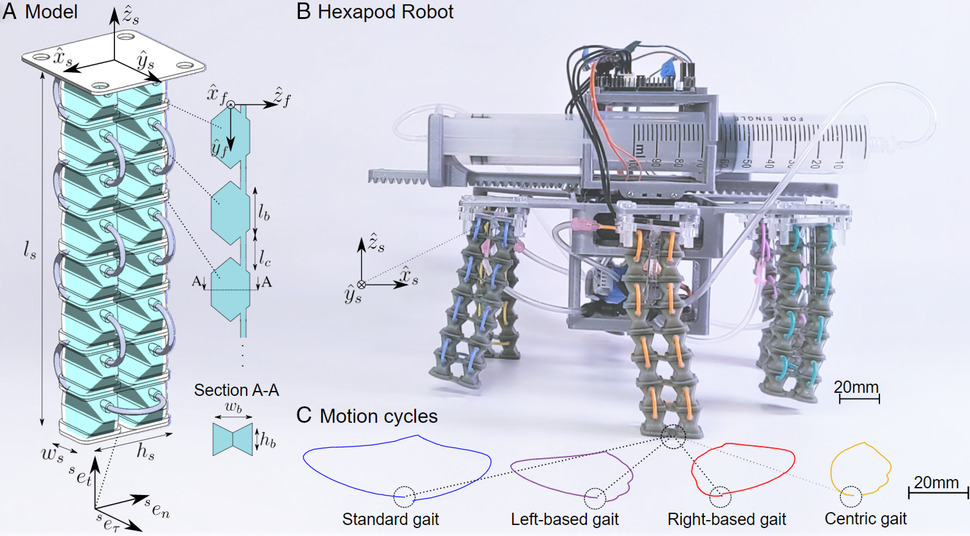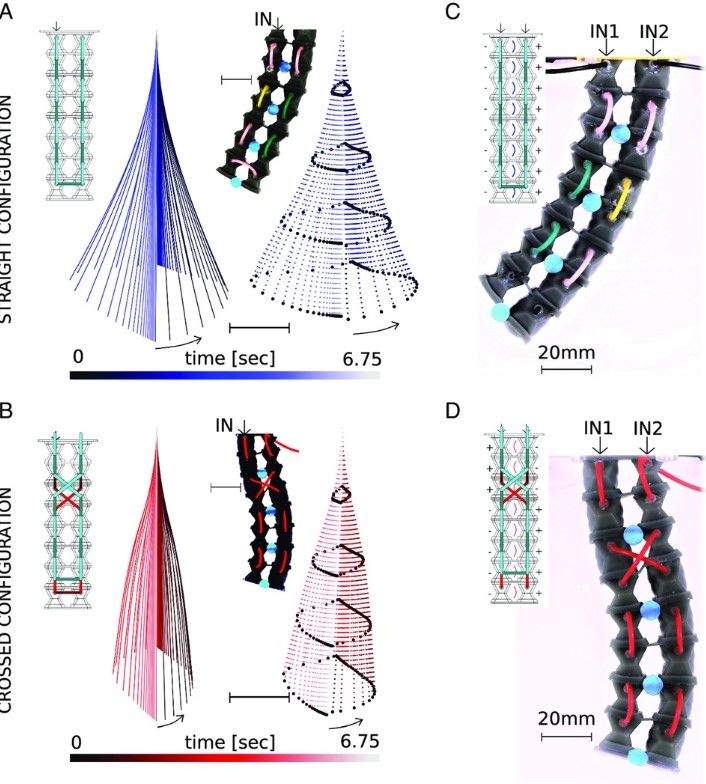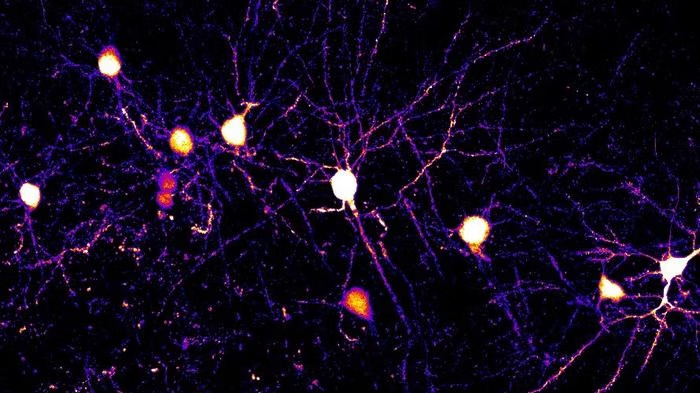From Cornell University, 25/1/2023
One of the virtues of untethered soft robots is their ability to mechanically adapt to their surroundings and tasks. Now they are poised to become even more agile and controlled.
A team of researchers led by Kirstin Petersen, assistant professor of electrical and computer engineering at Cornell University, designed a new – and surprisingly simple – system of fluid-driven actuators that enable soft robots to achieve more complex motions.
The researchers accomplished this by taking advantage of the very thing – viscosity – that had previously stymied the movement of fluid-driven soft robots.
The team’s paper, “Harnessing Nonuniform Pressure Distributions in Soft Robotic Actuators,” published in Advanced Intelligent Systems.

Petersen’s Collective Embodied Intelligence Lab has been exploring ways to take a robot’s cognitive capabilities and behaviors and offload them from the “brain” onto the body, via the robot’s mechanical reflexes.
By reducing the need for explicit computation, the robot can become simpler, more robust and less expensive to manufacture.
“Soft robots have a very simple structure, but can have much more flexible functionality than their rigid cousins. They’re sort of the ultimate embodied intelligent robot,” Petersen said.
“Most soft robots these days are fluid-driven. In the past, most people have looked at how we could get extra bang for our bucks by embedding functionality into the robot material, like the elastomer. Instead, we asked ourselves how we could do more with less by utilizing how the fluid interacts with that material.”

Petersen’s team connected a series of elastomer bellows with slender tubes. This configuration allows for antagonistic motions – one that pulls and one that pushes.
The tiny tubes induce viscosity, which causes the pressure to be distributed unevenly, bending the actuator into different contortions and motion patterns.
That would normally be a problem, but the team found a clever way to take advantage of it.
Researchers developed a full descriptive model that could predict the actuator’s possible motions – all with a single fluid input.

That results in an actuator that can achieve far more complex motions, but without the multiple inputs and complex feedback control that previous methods required.
To demonstrate the technology, the team built a six-legged soft robot, with two syringe pumps on top, that walks at 0.05 body lengths per second, and crouches as well. But those are only the beginning of the possible permutations.
“We detailed the full complement of methods by which you can design these actuators for future applications,” Petersen said.
“For example, when the actuators are used as legs, we show that just by crossing over one set of tubes, you can go from an ostrich-like gait, that has a really wide stance, to an elephant-like trot.”
The new fluid-driven actuator could be used for different types of devices, such as robot arms, and Petersen is interested in exploring how placing bellows in 3D configurations will result in even more useful motion patterns.
“This is basically a whole new subfield of soft robotics,” she said. “Exploring that space will be super interesting.
Links
https://onlinelibrary.wiley.com/doi/10.1002/aisy.202200330



